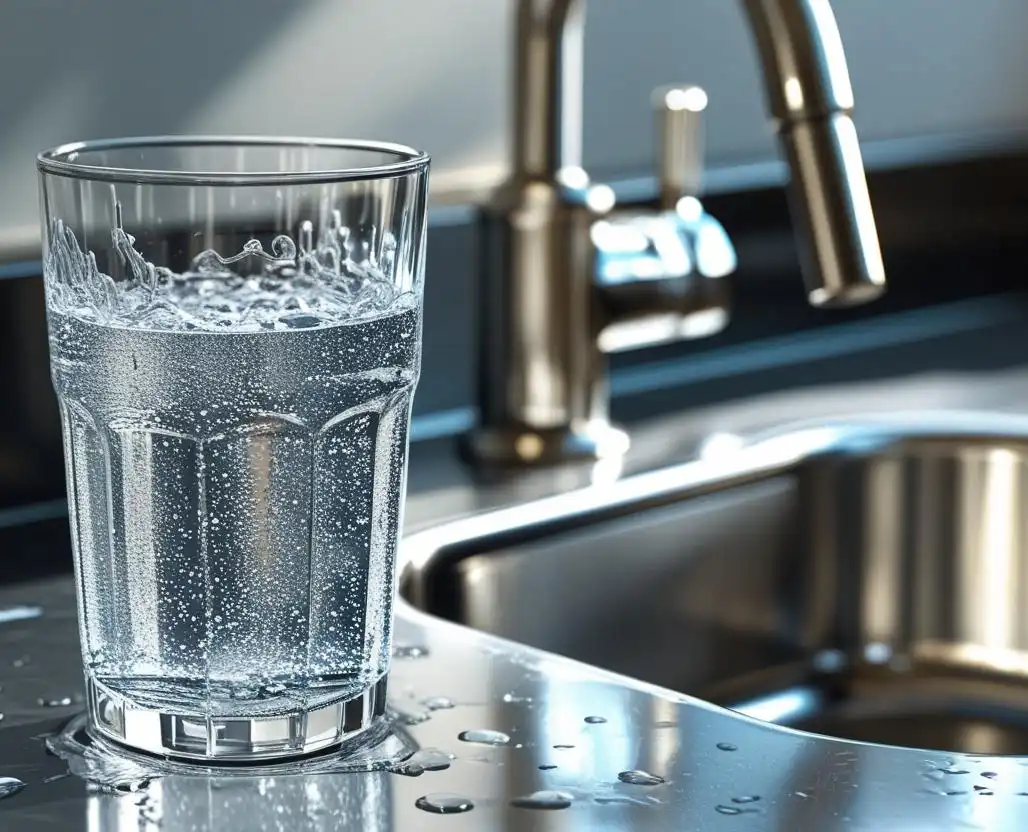Water quality sensors play a critical role in ensuring the safety and quality of drinking water. They are used at various stages of the drinking water supply chain, from source to tap, to monitor key parameters and ensure compliance with health and safety standards. Here’s a detailed explanation of their meaning and applications in drinking water systems:
Why Are Water Quality Sensors Important for Drinking Water?
- Public Health Protection:
- Ensure water is free from harmful contaminants like bacteria, heavy metals, and chemicals.
- Prevent waterborne diseases such as cholera, dysentery, and lead poisoning.
- Regulatory Compliance:
- Help water utilities meet local and international drinking water standards (e.g., WHO guidelines, EPA standards).
- Real-Time Monitoring:
- Provide immediate data to detect and address contamination or system failures quickly.
- Operational Efficiency:
- Optimize water treatment processes and reduce costs by minimizing chemical use and energy consumption.
Key Parameters Monitored by Water Quality Sensors in Drinking Water
- Microbial Contamination:
- E. coli and Coliform Bacteria: Indicators of fecal contamination.
- Total Bacterial Count: Measures overall microbial load.
- Chemical Contaminants:
- Chlorine: Monitored to ensure effective disinfection without exceeding safe levels.
- Heavy Metals: Such as lead, arsenic, and mercury, which are toxic even at low concentrations.
- Nitrates and Nitrites: Indicators of agricultural runoff or sewage contamination.
- Pesticides and Herbicides: Detect chemical pollutants from agricultural or industrial sources.
- Physical Parameters:
- Turbidity: Measures water clarity; high turbidity can indicate the presence of particles or pathogens.
- pH: Ensures water is neither too acidic nor too alkaline, which can affect taste and pipe corrosion.
- Conductivity: Indicates the presence of dissolved salts and minerals.
- Disinfection Byproducts (DBPs):
- Trihalomethanes (THMs) and Haloacetic Acids (HAAs): Formed when chlorine reacts with organic matter; monitored to ensure they remain within safe limits.
Applications of Water Quality Sensors in Drinking Water Systems
- Source Water Monitoring:
- Monitor raw water from rivers, lakes, or groundwater for contaminants before treatment.
- Detect changes in water quality due to pollution, algae blooms, or weather events.
- Water Treatment Plants:
- Pre-Treatment Monitoring: Assess raw water quality to determine the appropriate treatment process.
- Process Control: Monitor parameters like pH, chlorine, and turbidity during treatment to ensure efficiency.
- Post-Treatment Verification: Confirm that treated water meets safety standards before distribution.
- Distribution Systems:
- Monitor water quality as it travels through pipelines to detect contamination or leaks.
- Ensure residual chlorine levels are maintained to prevent microbial growth.
- Point-of-Use Monitoring:
- Test water quality at the tap to ensure it is safe for consumption.
- Used in homes, schools, and public buildings to verify water safety.
- Emergency Response:
- Detect contamination during natural disasters (e.g., floods, earthquakes) or accidental spills.
- Provide real-time data to guide public health advisories.
Types of Water Quality Sensors Used in Drinking Water
- Chlorine Sensors:
- Measure free and total chlorine levels to ensure effective disinfection.
- Turbidity Sensors:
- Monitor water clarity and detect particulate matter.
- pH Sensors:
- Ensure water is within the optimal pH range (typically 6.5–8.5).
- Conductivity Sensors:
- Detect dissolved salts and minerals that affect water quality.
- Heavy Metal Sensors:
- Measure concentrations of toxic metals like lead and arsenic.
- Microbial Sensors:
- Detect bacteria like E. coli and coliforms.
- Multi-Parameter Sensors:
- Measure multiple parameters simultaneously (e.g., pH, DO, temperature, conductivity).
Benefits of Using Water Quality Sensors in Drinking Water Systems
- Real-Time Data:
- Enables quick detection of contamination or system failures.
- Cost Savings:
- Reduces the need for manual sampling and laboratory testing.
- Improved Accuracy:
- Minimizes human error and provides reliable, consistent data.
- Enhanced Public Trust:
- Ensures transparency and demonstrates commitment to water safety.
Examples of Water Quality Sensors in Drinking Water Applications
- Hach Chlorine Sensors: Used in treatment plants to monitor disinfection levels.
- YSI Multiparameter Sondes: Deployed in source water monitoring to measure pH, DO, and turbidity.
- Optical Turbidity Sensors: Used in distribution systems to detect particulate contamination.
- Heavy Metal Analyzers: Deployed in areas with known contamination risks (e.g., lead pipes).
Challenges and Considerations
- Calibration and Maintenance:
- Sensors require regular calibration and cleaning to maintain accuracy.
- Cost:
- Advanced sensors can be expensive, but the long-term benefits often outweigh the costs.
- Data Management:
- Real-time data requires robust systems for storage, analysis, and interpretation.
Conclusion
Water quality sensors are essential tools for ensuring the safety and quality of drinking water. They provide real-time, accurate data to monitor critical parameters, detect contamination, and optimize treatment processes. By integrating these sensors into drinking water systems, utilities can protect public health, comply with regulations, and build trust with consumers.

